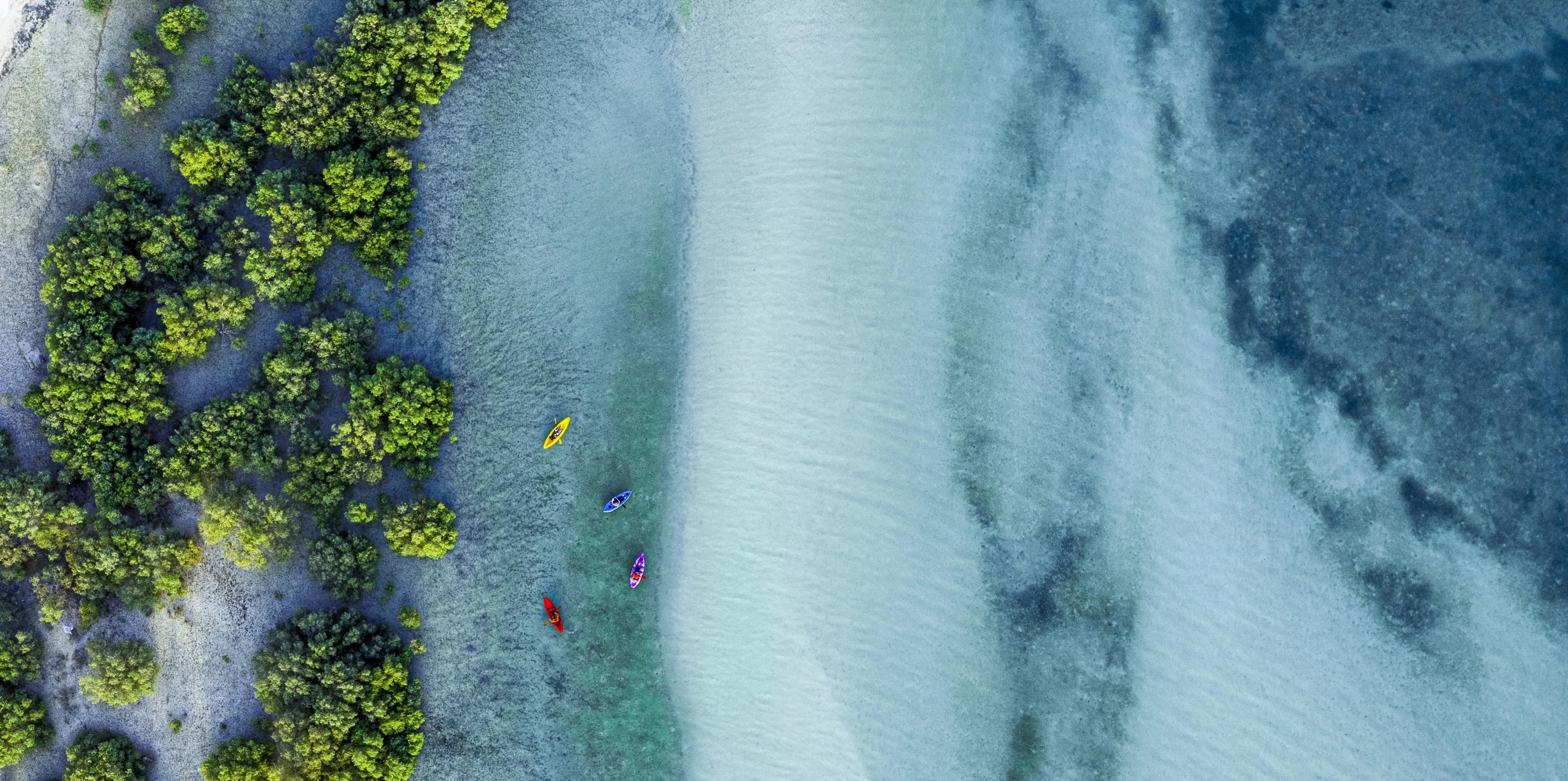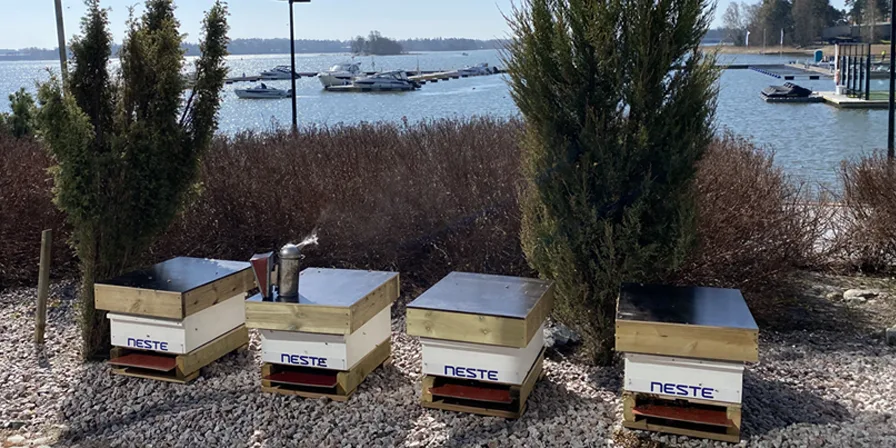
Sustainability
5 minute read
Bees, trees and other good deeds – what Neste does for the biodiversity?
Biodiversity loss is the fourth most severe risk on a global scale over the next ten years, according to the World Economic Forum. For our planet and our business to thrive and be resilient, it is necessary to restore and protect healthy ecosystems.
Biodiversity is one of the cornerstones of Neste’s sustainability vision. Our aim is to drive a positive impact on biodiversity and achieve a nature positive value chain by 2040, which means that more benefits than negative impacts are created towards nature. To support our vision, our ambition is to create net positive impacts for biodiversity from new activities from 2025 onwards, and target no net loss on biodiversity from all ongoing activities by 2035.
Taking charge of change is in our core. We are continuously developing a systematic approach and metrics to take into account the biodiversity issues related to our business. We joined the Science Based Target Network’s corporate engagement program, in which we take part in developing methods and guidance for science-based targets for nature. Neste continuously seeks further opportunities to be involved in the development of the global frameworks and practices. We also work closely with other NGOs and research partners who have a strong understanding on biodiversity, for example Fauna & Flora International.
Visions are needed, but how about the concrete actions that can be seen already? Though our work is only in the beginning, we also believe that smaller actions can have a significant impact – little strokes fell great oaks so to speak. Since biodiversity work is typically highly local, here are a few glimpses of what we have done so far around our locations.
Developing a conservation stewardship program for protecting environmental resources
In our Mahoney Environmental site in Mendota, Illinois, the US, we are working with many biodiversity initiatives in collaboration with the local conservation authorities. There is a conservation stewardship program to be developed for protecting the state's limited environmental resources.
A wetland to handle stormwater runoffs and provide increased natural habitats has been completed as a part of the process. Wetlands are among the most productive ecosystems in the world, protecting and improving water quality, providing wildlife habitats, storing floodwaters and maintaining surface water flow during dry periods. They also help moderate global climate conditions as they store carbon instead of releasing it to the atmosphere.
Next step in the process is to create a habitat for pollinators, who are vital to creating and maintaining the habitats and ecosystems that many animals rely on for food and shelter.
Supporting local pollination
Speaking of pollinators, we provide accommodation for one of the most crucial groups of those – bees. At Neste headquarters in Espoo, Finland, there are four beehives with approximately 50 000 bees each. This action increases plant pollination in the areas close to our headquarters, creating a positive impact on the surrounding environment locally.
Since various species of bees pollinate around 80% of the world’s plants, they secure not only diverse nature but also the food production and diversity on our plates too. That is why pollinator decline, which is caused for example by climate change, intensive farming practices, pesticide use and habitat loss, is a serious issue around the world.

Planting trees with volunteers
One concrete good deed for biodiversity is to plant trees. Trees are known to clean the air and cool the surroundings, but planting them also increases the local biodiversity and helps to restore at-risk ecosystems and habitats for example. In Houston, Texas, the US, Neste employees volunteered planting trees together with Trees for Houston, which is a non-profit organization dedicated to planting, protecting and promoting trees. During the day, altogether 86 trees of native species were planted by 70 Neste volunteers.

Monitoring biological indicators
Although we are at the beginning of our biodiversity journey, we have a long history of working with other areas of environmental protection. In Neste’s refinery area in Porvoo, Finland, environmental monitoring has been made already for decades and from the 1980’s monitoring has also included biological indicators.
During the years as the air emissions have been reduced, there has been a positive impact on the environmental indicators. According to the monitoring results, Porvoo refinery impacts to nature have decreased. For example, the radius from the refinery to lichens impacted by air pollution has shrunk from 10 kilometers to less than three. Also the tree needle nutrient levels are the same level as in natural forests, and tree growth has not been significantly influenced by refinery emissions.
Planting meadows to strengthen biodiversity
In addition to environmental monitoring, we are taking the environment into account in other ways too in the refinery areas. In order to strengthen the biodiversity around our Porvoo refinery area, we have planted a meadow along the road, where it used to be just plain green grass. In addition to being a sight for sore eyes, meadows also support the diversity of flora and provide nutrition for pollinators. The first meadows were planted in 2019, so the visitors in the area have had the pleasure of enjoying the natural beauty for a few years now.

Inventorying biodiversity in refinery areas
We are piloting practical methods for measuring biodiversity and better understanding our opportunities to protect biodiversity. Our biodiversity inventory project was carried out in 2022 at our Porvoo and Naantali sites in Finland, which were chosen for the assessment as both areas are large and include natural areas, such as forests. Results indicated that we have some vulnerable species and habitats to protect within our lands, even though they are mainly not considered as areas of high biodiversity value.
Information on the current biodiversity state helps us in identifying opportunities, and the results of the project serves as a baseline for biodiversity status in our Porvoo and Naantali refinery areas and will be utilized in our becoming biodiversity related actions.
Credits: Neste